The world is home to an incredible variety of colourful animals that showcase nature’s vibrant palette. From the bright plumage of birds to the striking patterns on reptiles and marine creatures, these animals not only captivate our attention but also play vital roles in their ecosystems. For example, the Blue Poison Dart Frog boasts a dazzling blue hue that serves as a warning to predators, while the Scarlet Macaw dazzles with its red, yellow, and blue feathers, making it one of the most recognizable birds in the tropics. Other notable mentions include the Mandarin Fish, known for its electric colors, and the Clownfish, famous for its vibrant orange and white stripes, both thriving in coral reef environments.
Among the most colourful animals in the world, the Peacock stands out with its iridescent tail feathers, which it displays in a mesmerizing fan to attract mates. The Green Tree Python showcases a brilliant green color that helps it blend seamlessly into its rainforest habitat, while the Sunset Moth flaunts an array of colors that resemble a sunset, making it one of the most beautiful butterflies. Each of these colourful animals not only contributes to the rich biodiversity of our planet but also serves as a reminder of the incredible beauty that nature has to offer. From the depths of the ocean to the lush jungles, the vivid colors of these animals continue to inspire awe and admiration in those fortunate enough to encounter them.
10 Most Colourful Animals in the World
1. Blue Poison Dart Frog
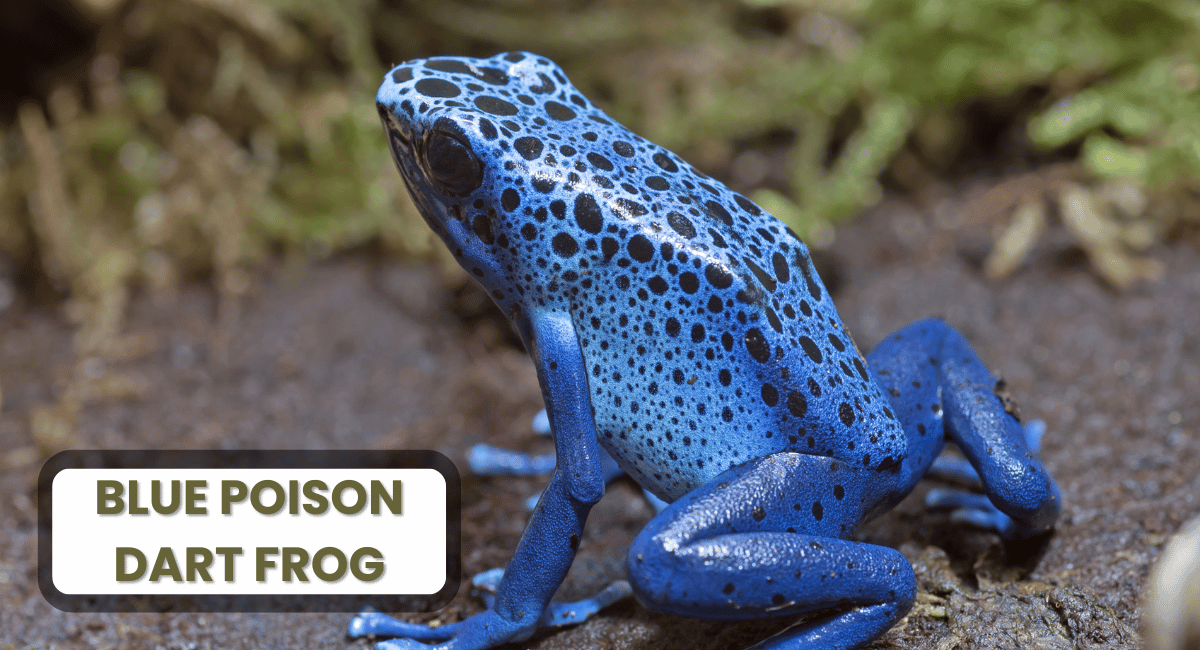
The Blue Poison Dart Frog is one of the most striking examples of colourful animals in the world, captivating nature enthusiasts and researchers alike with its vibrant hue. Native to the rainforests of South America, particularly in Suriname and French Guiana, this small amphibian showcases a bright blue skin that can sometimes appear iridescent. This coloration serves as a warning to potential predators about its toxicity, which comes from the alkaloids present in its diet of ants and other small invertebrates. Despite their small size, measuring just around 1 to 2 inches, their brilliant coloration and unique adaptations make them a significant subject of study in the field of herpetology.
As part of the larger family of dart frogs, the Blue Poison Dart Frog highlights the incredible diversity of colourful animals in the world. Their habitat, characterized by humid conditions and rich biodiversity, plays a crucial role in their survival. Conservation efforts are essential to protect their natural environment, as habitat loss poses a significant threat to their populations. By raising awareness about these fascinating creatures and their role in the ecosystem, we can help ensure that future generations will also appreciate the beauty and importance of such colourful animals in our world.
2. Mandarin Fish
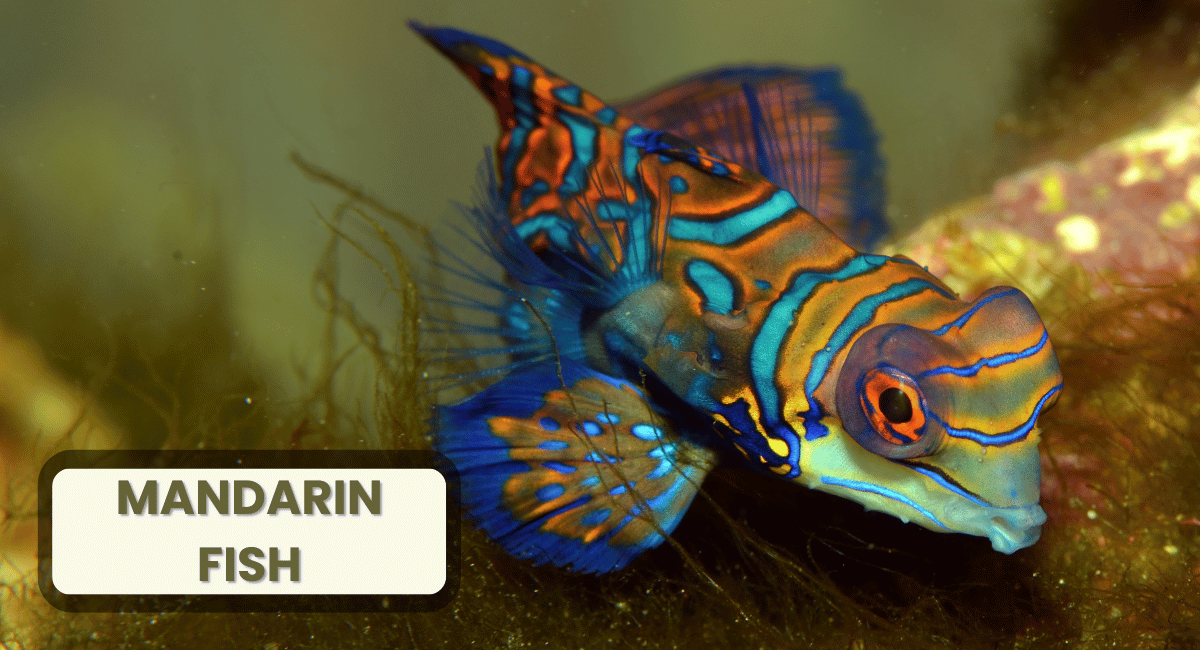
The Mandarin fish, also known as the Synchiropus splendidus, is one of the most stunning and vibrant species among colourful animals in the world. Native to the warm waters of the Pacific Ocean, particularly around the reefs of the Great Barrier Reef and the waters of Southeast Asia, the Mandarin fish is easily recognizable by its bright orange, blue, and green patterns. This unique coloration not only makes it a popular choice among aquarium enthusiasts but also serves as a means of camouflage among the colorful corals and seaweed of its natural habitat. Their striking appearance is complemented by their fascinating behavior; Mandarin fish are known for their intricate courtship dances, making them a captivating subject for underwater observers.
These small fish typically grow to about 3 inches in length and are most active during the evening, which adds to their allure as one of the most mesmerizing colourful animals in the world. Unlike many other fish, Mandarin fish do not have a swim bladder, which allows them to be agile and maneuver easily through their reef environment. They primarily feed on small crustaceans and other tiny invertebrates, showcasing their unique hunting techniques. As one of the most beautiful marine species, Mandarin fish play an essential role in the ecosystem, reminding us of the rich diversity and vibrant life found beneath the ocean’s surface.
3. Scarlet Macaw
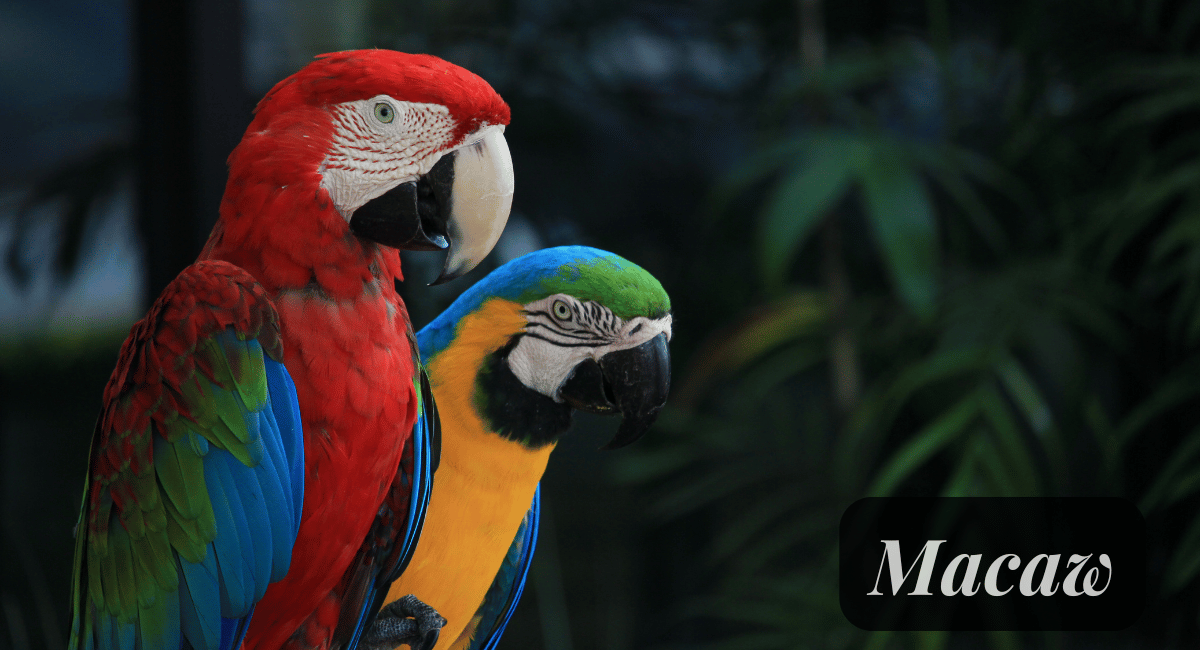
The Scarlet Macaw, known scientifically as Ara macao, is renowned for its stunning plumage, making it one of the most colorful animals in the world. With vibrant red feathers adorned with splashes of blue and yellow on their wings and tails, these majestic birds are a sight to behold in their natural habitat. Native to the rainforests of Central and South America, Scarlet Macaws play a vital role in their ecosystems as seed dispersers, contributing to the health and growth of their surroundings. Their striking appearance and lively personality have made them popular among birdwatchers and wildlife enthusiasts alike.
In addition to their breathtaking beauty, Scarlet Macaws are known for their intelligence and social behavior. These birds are often seen flying in pairs or small groups, engaging in vocalizations that communicate their presence to others. As one of the most colorful animals in the world, they are not only a symbol of the rich biodiversity found in tropical regions but also a reminder of the importance of conservation efforts. Protecting their habitats is crucial for the survival of these magnificent birds and the countless species that share their environment.
4. Peacock
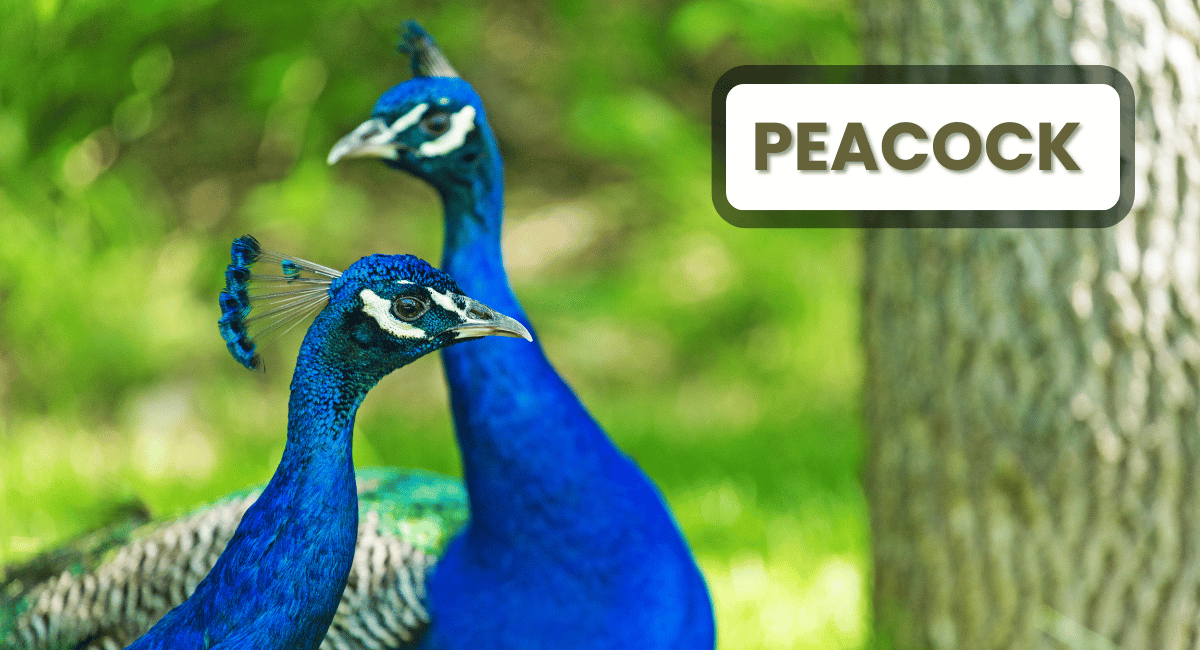
The peacock, often celebrated as one of the most colourful animals in the world, is renowned for its stunning plumage and vibrant hues. Native to South Asia, this magnificent bird showcases iridescent feathers that shimmer in shades of blue, green, and gold, creating a breathtaking display that captivates anyone who sees it. The male peacock, particularly known for its extravagant tail, uses its elaborate courtship display to attract potential mates. During this ritual, it fans out its tail feathers, revealing the intricate patterns and eye-like spots that dazzle onlookers, embodying the beauty of nature.
In addition to their aesthetic appeal, peacocks play a significant role in various cultures, symbolizing grace and dignity. Their vibrant colours have made them a source of inspiration in art, literature, and folklore across different societies. As one of the most colourful animals in the world, peacocks not only contribute to biodiversity but also serve as a reminder of the beauty and diversity of life on our planet. Protecting their natural habitats ensures that future generations can continue to admire these extraordinary birds and appreciate their place in the tapestry of nature.
5. Blue Ringed Octopus
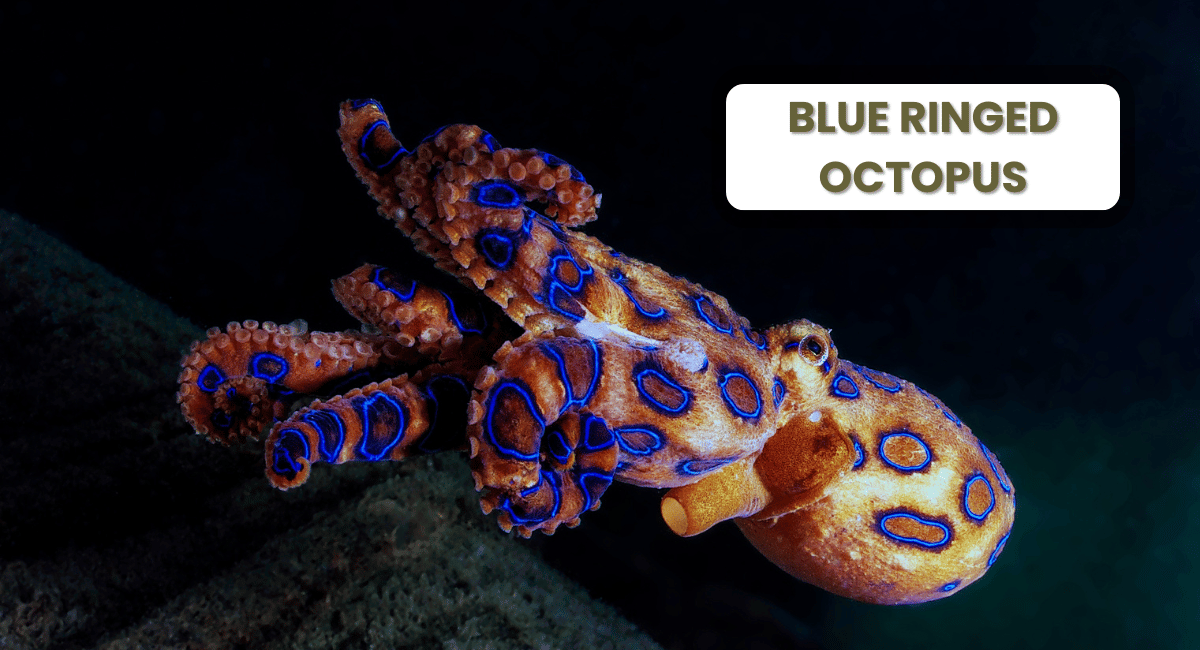
The Blue Ringed Octopus, found in the Pacific and Indian Oceans, is one of the most visually striking yet dangerous marine creatures. Despite its small size, measuring only about 5 to 8 inches, it is highly venomous. What makes this octopus truly unique is its bright blue and black rings, which appear even more vivid when the animal feels threatened. These iridescent rings serve as a warning to predators and humans alike, signaling the presence of a potent neurotoxin called tetrodotoxin. Remarkably, a single bite from a Blue Ringed Octopus can be fatal to humans, as its venom can cause paralysis and respiratory failure.
Despite its deadly potential, the Blue Ringed Octopus is typically shy and non-aggressive. It spends most of its time hiding in crevices or beneath rocks, only becoming defensive if disturbed. The vibrant blue coloration, however, is not always visible; it appears suddenly as a defense mechanism when the octopus feels endangered. Unlike many other venomous creatures, it does not attack unless provoked, making human interactions rare but potentially dangerous. The octopus’s vivid beauty, combined with its deadly nature, makes it one of the most fascinating yet feared creatures of the ocean.
6. Clownfish
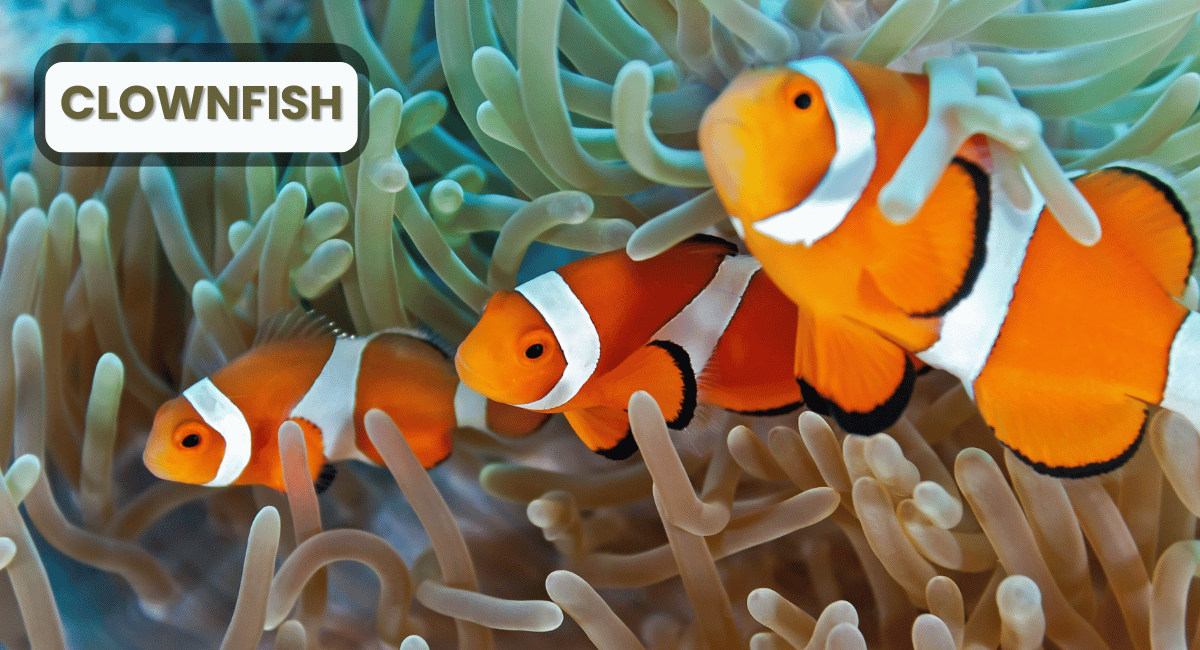
7. Panther Chameleon
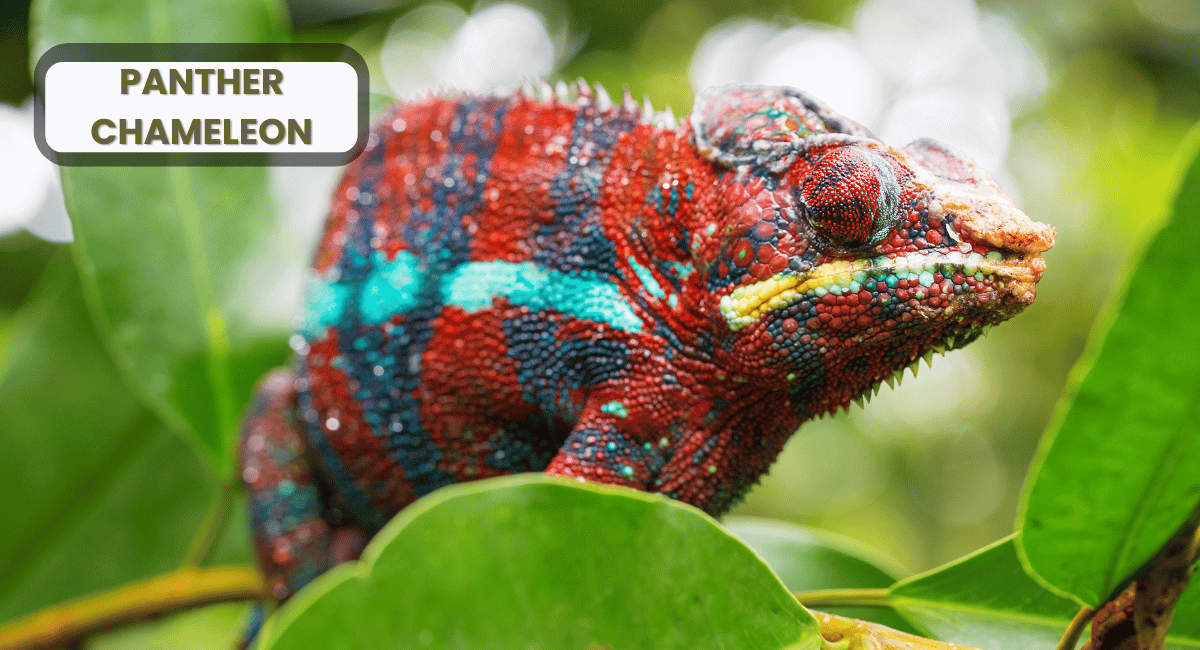
The Great Barrier Reef is home to a diverse array of marine life, among which the parrotfish stands out as one of the most fascinating species. These vibrant fish are known for their stunning colors and unique beak-like teeth, which resemble a parrot’s beak, allowing them to graze on coral and algae efficiently. Parrotfish play a crucial role in maintaining the health of the reef ecosystem by controlling algae growth and contributing to the formation of sand through their feeding habits. Their ability to change color throughout their life stages adds to their appeal, making them one of the most colourful animals in the world.
In addition to their ecological importance, parrotfish are also a delight to observe for snorkelers and divers exploring the Great Barrier Reef. Their bright blues, greens, and yellows create a mesmerizing spectacle against the backdrop of the coral formations. As part of the larger group of colourful animals in the world, these fish embody the beauty and complexity of marine life, attracting nature enthusiasts and researchers alike. By protecting the Great Barrier Reef and its inhabitants, we ensure that future generations can appreciate these incredible creatures and the vibrant ecosystems they inhabit.
8. Red-eyed Tree Frog
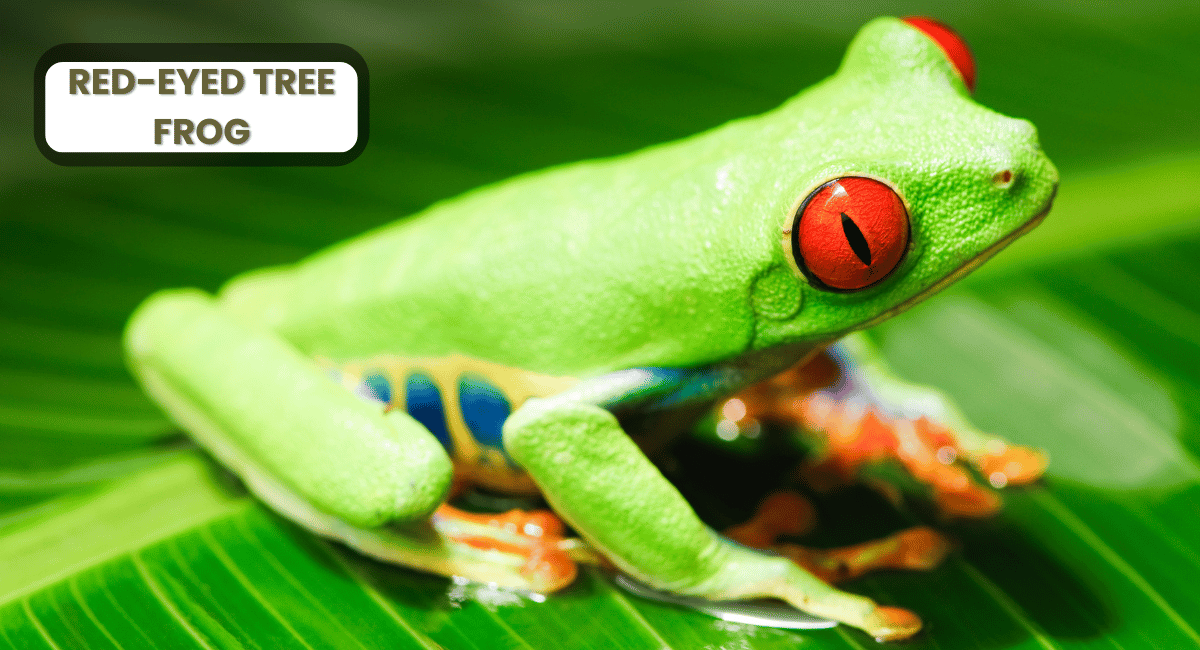
The red-eyed tree frog is one of the most captivating species among the colourful animals in the world. Native to the tropical rainforests of Central America, this striking amphibian is easily recognized by its vibrant green body, large red eyes, and bright blue and yellow stripes along its sides. These unique features not only make the red-eyed tree frog visually stunning but also serve important purposes in its survival. The bright colors can startle potential predators, giving the frog a chance to escape. Additionally, their large eyes help enhance their vision, allowing them to navigate through the dense foliage of their rainforest habitat.
In addition to their remarkable appearance, red-eyed tree frogs exhibit fascinating behavior that adds to their allure among colourful animals in the world. They are primarily nocturnal, spending the daytime hidden among leaves to avoid predators. At night, they become active hunters, feeding on a diet of insects, which they catch using their long, sticky tongues. Breeding usually occurs during the rainy season, with females laying their eggs on the undersides of leaves overhanging water. When the eggs hatch, the tadpoles drop into the water below, continuing the life cycle of this extraordinary species. The red-eyed tree frog not only contributes to the rich biodiversity of its ecosystem but also enchants nature lovers and researchers alike with its vivid colors and unique adaptations.
9. African Grey Parrot
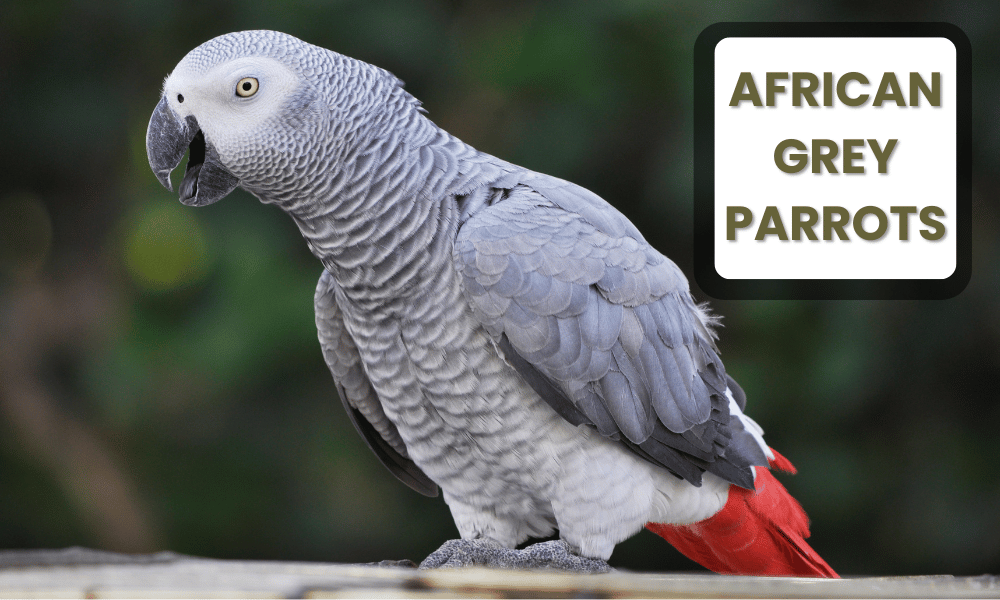
The African Grey Parrot is one of the most fascinating and intelligent species among colourful animals in the world. Known for their striking gray feathers and vibrant red tail, these parrots are not only visually stunning but also highly social creatures. Native to the rainforests of West and Central Africa, African Grey Parrots thrive in environments where they can interact with their flock. Their exceptional ability to mimic human speech and other sounds makes them popular pets, but it also requires responsible ownership. These Longest Living Animal need mental stimulation and social interaction to thrive, reflecting their highly intelligent nature.
In addition to their captivating appearance and remarkable vocal skills, African Grey Parrots are known for their strong emotional bonds with their owners. They require plenty of interaction and playtime to prevent boredom and behavioral issues, which is essential for any owner considering bringing one of these beautiful birds into their home. As one of the most recognized colourful animals in the world, the African Grey Parrot serves as a reminder of the rich biodiversity that exists within our planet’s ecosystems. Their charm and intelligence continue to capture the hearts of bird enthusiasts and pet owners alike, making them a cherished addition to many households around the globe.
10. Hummingbird
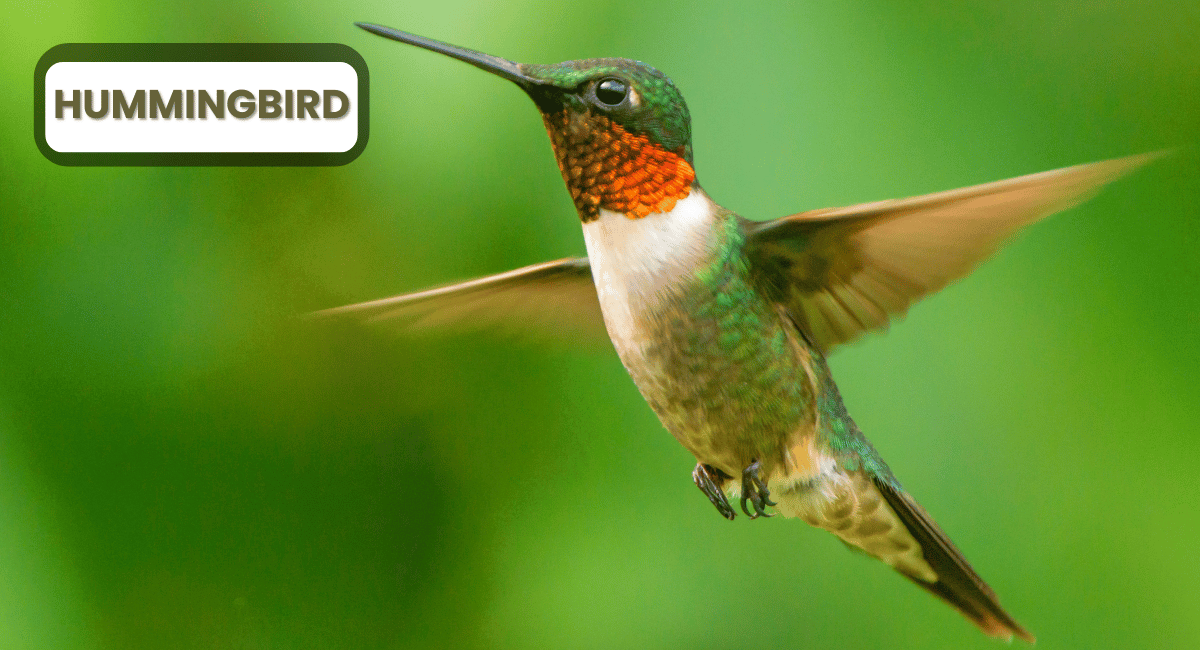
Hummingbirds are some of the most fascinating and colourful animals in the world. These tiny birds, known for their vibrant plumage and incredible flying abilities, can be found primarily in the Americas. Their iridescent feathers come in a stunning array of colors, ranging from fiery reds and bright greens to deep blues and purples. Hummingbirds possess a unique ability to hover in mid-air, thanks to their rapid wing beats, which can reach up to 80 beats per second. This remarkable flight capability allows them to feed on nectar from flowers, playing a crucial role in pollination.
Beyond their physical beauty, hummingbirds are also known for their astonishing speed and agility. Some species can fly at speeds exceeding 30 miles per hour, making them one of the fastest birds relative to their size. Their metabolism is incredibly high, requiring them to consume large quantities of nectar to sustain their energy levels. As you observe these colourful animals in the world, you can’t help but be mesmerized by their graceful movements and vibrant presence. Hummingbirds not only add a splash of color to our natural surroundings but also remind us of the incredible diversity and beauty of wildlife.



